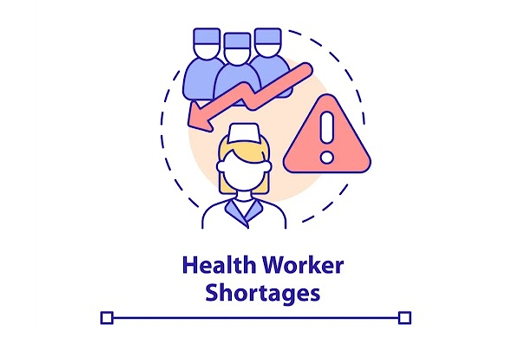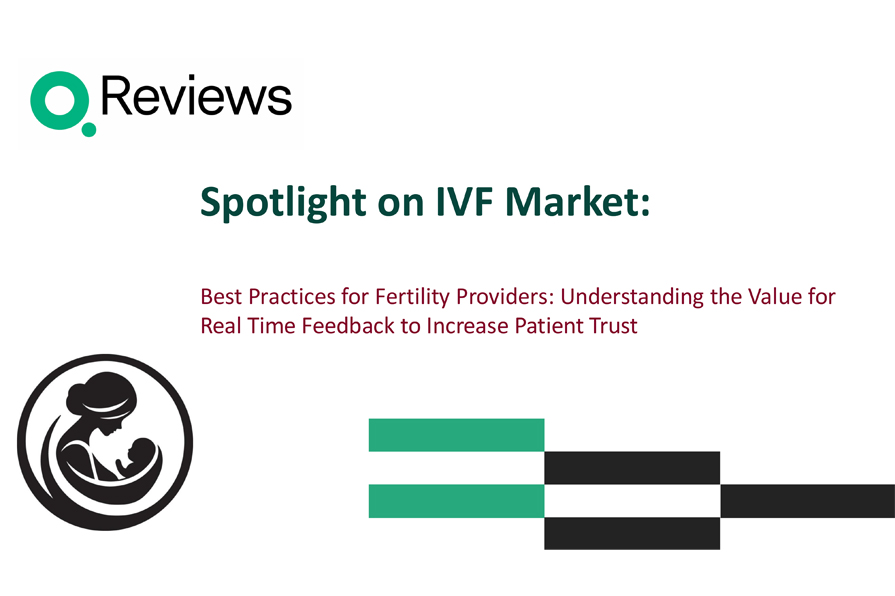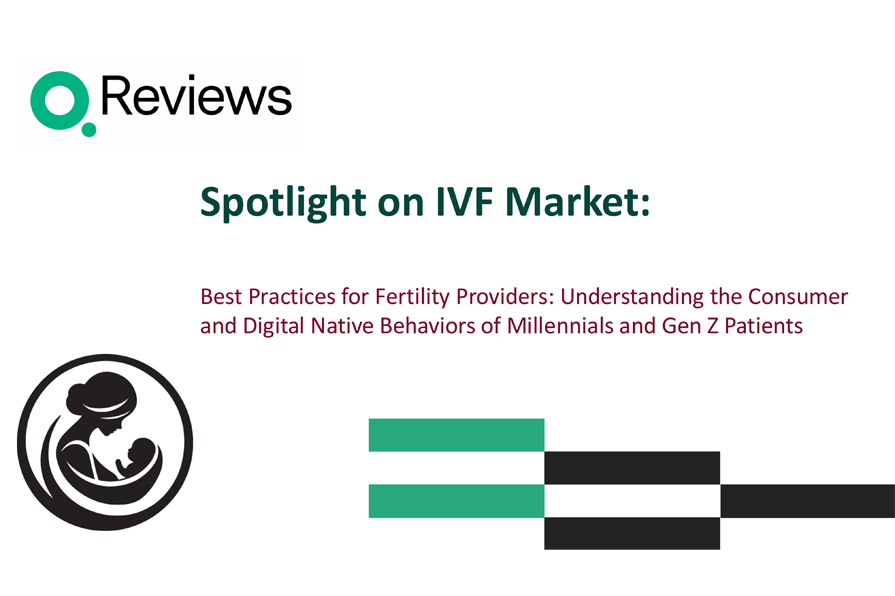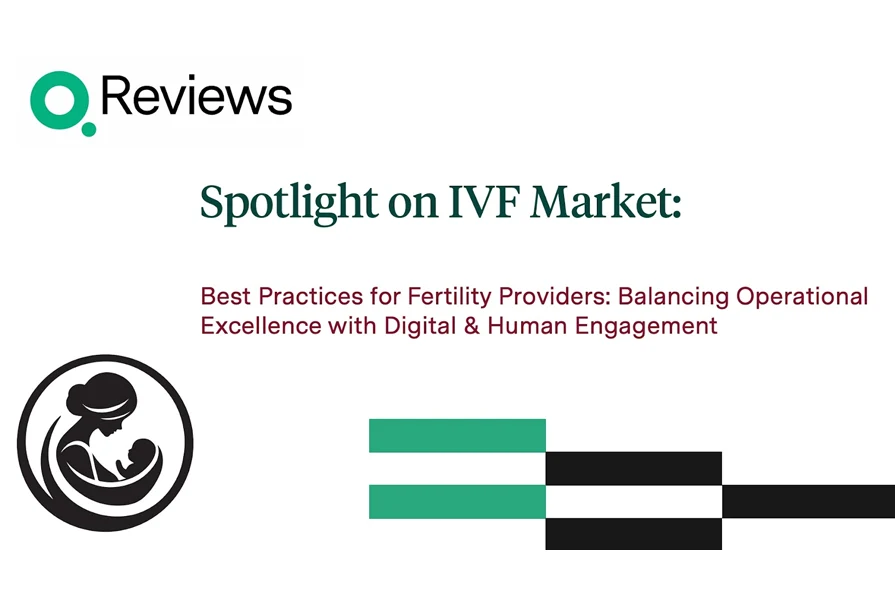
What About the Partner? Centering Both Perspectives in the Fertility Journey
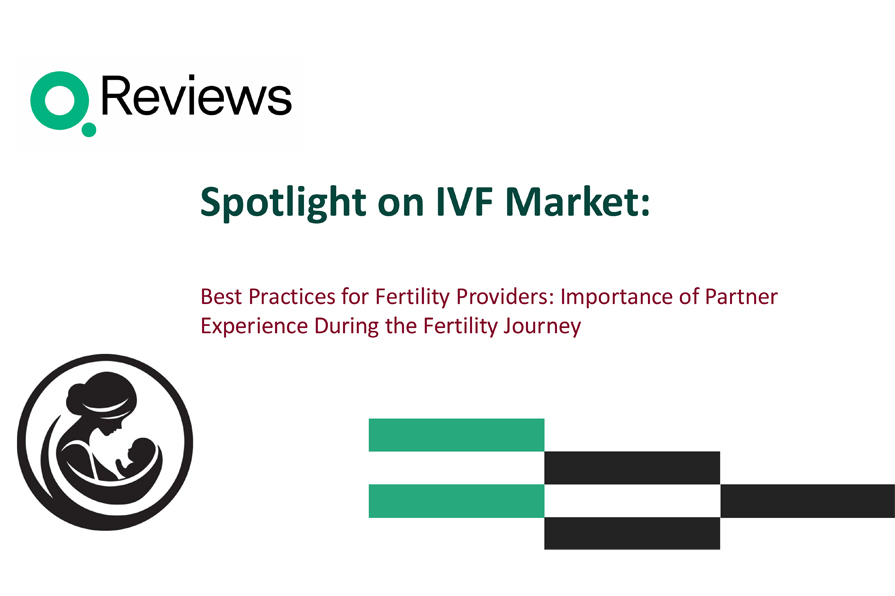
When we talk about fertility care, the conversation almost always centers on the woman undergoing treatment. This makes sense—she’s the one enduring invasive procedures, hormone fluctuations, and often physical and emotional pain. But while the spotlight shines on one person, there’s someone else standing just out of frame: the partner.
Too often, the partner’s experience is overlooked, their role quietly minimized in the whirlwind of consultations, injections, ultrasounds, and embryo transfers. But is that fair? Is that sustainable for the emotional and psychological health of the couple? And is that the best approach for fertility clinics that are supposed to be supporting patients holistically?
The answer is no—and here’s why fertility care must evolve to include the partner’s perspective.
Why the Partner’s Experience Matters
The partner in a fertility journey is not a passive bystander. In most cases, they’re showing up emotionally, financially, and often physically—whether that means giving a semen sample or managing medication schedules and appointments.
Partners are part of the treatment, and their emotional health, stress levels, and engagement can significantly impact the couple’s shared experience and, in some cases, even clinical outcomes. Yet many partners report feeling sidelined.
A study published in Human Reproduction found that male partners often felt excluded from consultations, inadequately informed about treatment processes, and emotionally unsupported throughout IVF cycles. The burden of silence and invisibility can cause confusion, isolation, and, ultimately, relationship strain.
Financial Pressure Is a Shared Weight
Let’s be clear: fertility treatment is expensive. In the U.S., a single IVF cycle can cost anywhere from $15,000 to $30,000, and most couples require multiple rounds. These are shared costs—borne by both individuals in the relationship. The financial stress alone can create tension, guilt, and difficult conversations.
Yet despite their equal stake in the process, partners are rarely provided with the same level of support. If both people are investing emotionally and financially, shouldn’t both be fully supported by the fertility care team?
Emotional Toll and Relationship Strain
Fertility treatment isn’t just a physical process—it’s a psychological marathon. Partners often feel they need to “be strong” and support the patient, even while grappling with their own heartbreak, fear, and anxiety. This emotional suppression can lead to resentment or emotional disconnection.
In real-world practice, many couples report that the fertility process strained their relationship. A survey by Fertility Network UK found that 90% of individuals undergoing fertility treatment reported feeling depressed, and over 40% said their experience had strained their relationship with their partner.
What’s missing is an intentional, clinical focus on the couple—not just the individual. This is where fertility practices have an opportunity to evolve.
What Can Fertility Practices Do?
1. Include Partners in Consultations
Ensure both partners are invited and engaged during medical consultations. Use inclusive language and address both individuals, even if one is undergoing the procedure. This sends a strong message: both perspectives matter.
2. Offer Couple-Based Counseling
Rather than offering only individual psychological support, clinics should offer optional sessions for couples. Relationship counseling, communication workshops, or guided sessions can help partners express themselves in a safe space.
3. Normalize the Partner Experience in Education Materials
Videos, brochures, and website content should reflect the emotional journey of both people. Consider testimonials and case studies from partners who’ve gone through treatment.
4. Provide Dedicated Support Resources for Partners
Create support groups or online communities specifically for partners. For example, organizations like Men Having Babies and RESOLVE: The National Infertility Association offer partner-focused support groups and educational webinars.
5. Train Staff in Couple-Centered Care
Frontline fertility staff—from nurses to coordinators—should receive training on recognizing and supporting both partners. This includes being mindful of body language, emotional cues, and inclusive communication.
Final Thoughts
Fertility clinics have made great strides in improving patient care, but “the patient” often means just one half of the equation. The partner, though less visible, is equally vital—not just as emotional support, but as a human being navigating hope, loss, and uncertainty.
By broadening the definition of care to include both members of the couple, fertility practices can build stronger relationships, reduce emotional distress, and ultimately create a more compassionate, effective patient experience.
It’s time we asked—not just “how is she doing?”—but “how are they doing?”

